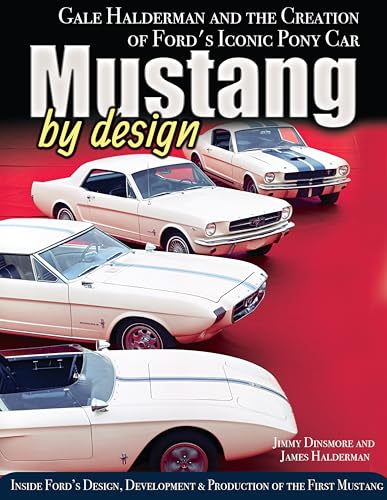- Joined
- Jan 20, 2022
- Messages
- 1,652
- Reaction score
- 2,731
- Location
- Homer Glen, Il
- My Car
- 1971 Mustang Mach 1 351c M-code, FMX, and a 3.25:1 posi 9-inch rear end
TBH, I can't really see the picture that well as it is small, and my 60 year old eyes aren't that good, but it looks like the three nuts are removed. I can't tell what you meant by "held in with the wrong bolts", but below are a couple pics of mine. Fortunately, I have not saved enough to buy my new door panels yet, so I have easy access to take pics to show you, haha. The glass should have three nuts holding the bracket on to the bolts that are threaded through the glass. If the three nuts are removed the bracket will come loose from the glass.
The bolts that the nuts are threaded on are held to the glass with threaded washers that you can't see with the bracket blocking your view of them. When I disassembled my doors to media blast and paint, I was able to remove the bracket with the guide bar together, once the bracket was separated from the glass.
The bolts will stay with the glass when it comes out once the bracket only is removed. To get the glass out of the door the two round plastic stops at the front and rear of the glass need to be removed from the glass first. The are held on by 7/16" headed bolts, I used a 7/16" shallow socket with a swivel head 1/4" ratchet and reached up behind the glass to remove the retaining bolt. The 1/4" ratchet fit between the glass and the outer door skin easily, a 3/8" ratchet might be too bulky. They are easy to get to, you could also remove the three bolts that mount the bracket from the glass the same way but you shouldn't need to do that, if it is the original setup.


If you try to gorilla the glass out with the stops on the glass you will damage the 50 plus year old plastic, don't ask me how I know this, haha.

Too many years playing football with poor fitting helmets, I guess, LOL.
Fortunately, Cwalker509 had an extra and was kind enough to hook me up, because they are not being reproduced as far as I know.
The bolts that the nuts are threaded on are held to the glass with threaded washers that you can't see with the bracket blocking your view of them. When I disassembled my doors to media blast and paint, I was able to remove the bracket with the guide bar together, once the bracket was separated from the glass.
The bolts will stay with the glass when it comes out once the bracket only is removed. To get the glass out of the door the two round plastic stops at the front and rear of the glass need to be removed from the glass first. The are held on by 7/16" headed bolts, I used a 7/16" shallow socket with a swivel head 1/4" ratchet and reached up behind the glass to remove the retaining bolt. The 1/4" ratchet fit between the glass and the outer door skin easily, a 3/8" ratchet might be too bulky. They are easy to get to, you could also remove the three bolts that mount the bracket from the glass the same way but you shouldn't need to do that, if it is the original setup.


If you try to gorilla the glass out with the stops on the glass you will damage the 50 plus year old plastic, don't ask me how I know this, haha.

Too many years playing football with poor fitting helmets, I guess, LOL.
Fortunately, Cwalker509 had an extra and was kind enough to hook me up, because they are not being reproduced as far as I know.
Last edited:























































